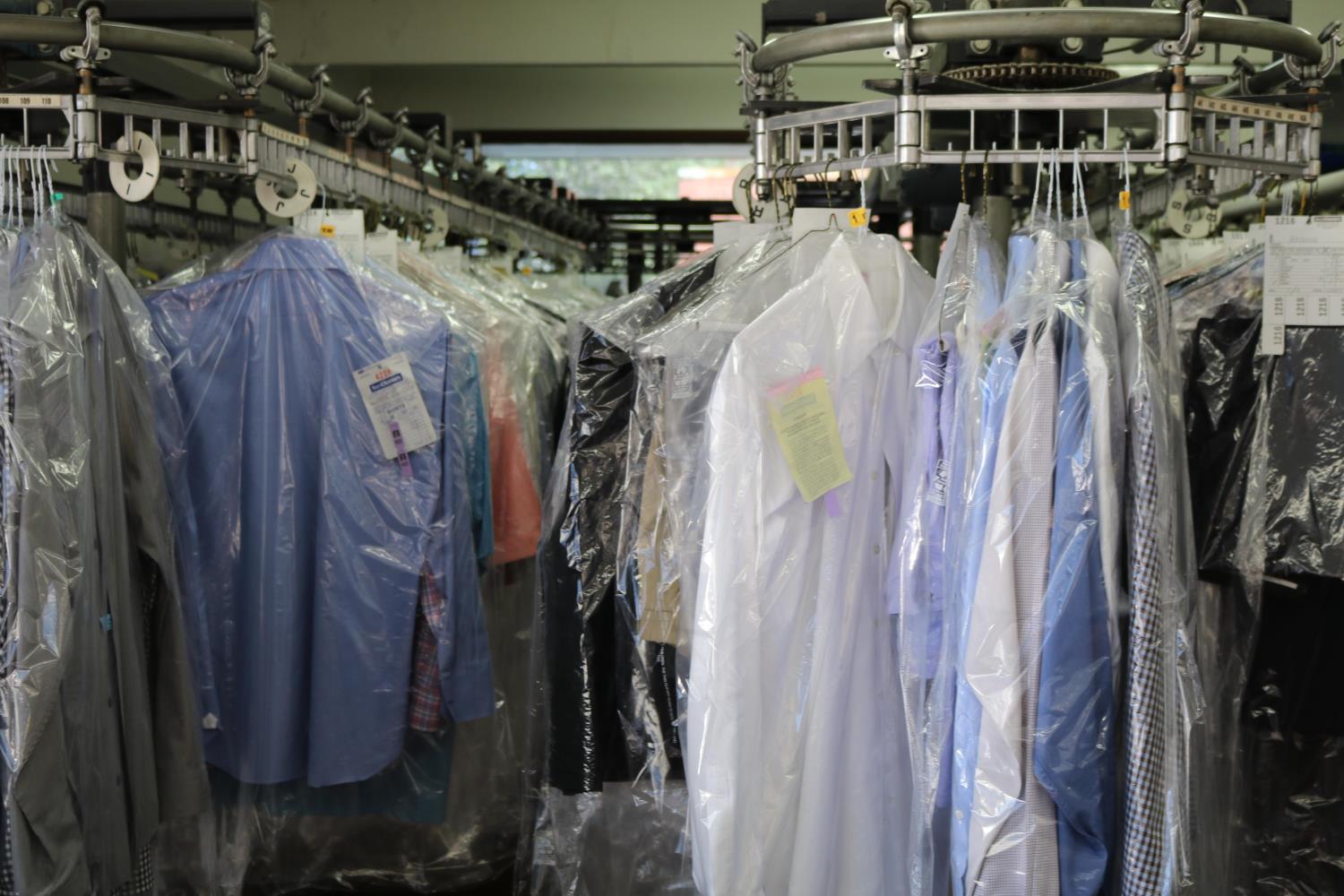
In December, the EPA released a risk evaluation report that opens the door for national regulations on perchloroethylene, a common dry cleaning chemical.
The report shows that perchloroethylene, also known as PERC, poses an unreasonable risk to workers, consumers, and the general public. PERC exposure can cause cancer, liver damage, and neurological problems. It also pollutes groundwater, rivers and streams, and soil. Although there are alternatives to PERC that are safer, PERC is still the most used dry cleaning solvent in the United States and worldwide.
PERC exposure is a significant local issue too. A 2010 Haz Waste Program survey found that communities of color in King County face disproportionate exposures to PERC. Most PERC dry cleaners are owned by South Korean immigrants, and most employees are Latino/Hispanic. Also, nearly 200 dry cleaning sites in King County have been contaminated by PERC; cleanups can be expensive, with the national average cost at $200,000 per site.
The Haz Waste Program has worked to limit PERC use for over 25 years. Our research on the local industry was heavily cited in the EPA’s risk evaluation for PERC.
A key finding from our research is that cost is one of the biggest barriers preventing shops from switching from PERC to safer cleaning processes. The Haz Waste Program worked with the local dry cleaning community to develop a program that provides $20,000 grants to help dry cleaners switch from PERC to professional wet cleaning. Professional wet cleaning is safe for public health and the environment because it uses water and detergent instead of a harmful solvent. Since 2018, we have helped 30 small businesses switch in King County. This is a positive step in helping eliminate dangerous chemical exposures that impact health and the environment in our communities.
PERC exposure is a significant local issue too. A 2010 Haz Waste Program survey found that communities of color in King County face disproportionate exposures to PERC. Most PERC dry cleaners are owned by South Korean immigrants, and most employees are Latino/Hispanic. Also, nearly 200 dry cleaning sites in King County have been contaminated by PERC; cleanups can be expensive, with the national average cost at $200,000 per site.
The Haz Waste Program has worked to limit PERC use for over 25 years. Our research on the local industry was heavily cited in the EPA’s risk evaluation for PERC.
A key finding from our research is that cost is one of the biggest barriers preventing shops from switching from PERC to safer cleaning processes. The Haz Waste Program worked with the local dry cleaning community to develop a program that provides $20,000 grants to help dry cleaners switch from PERC to professional wet cleaning. Professional wet cleaning is safe for public health and the environment because it uses water and detergent instead of a harmful solvent. Since 2018, we have helped 30 small businesses switch in King County. This is a positive step in helping eliminate dangerous chemical exposures that impact health and the environment in our communities.